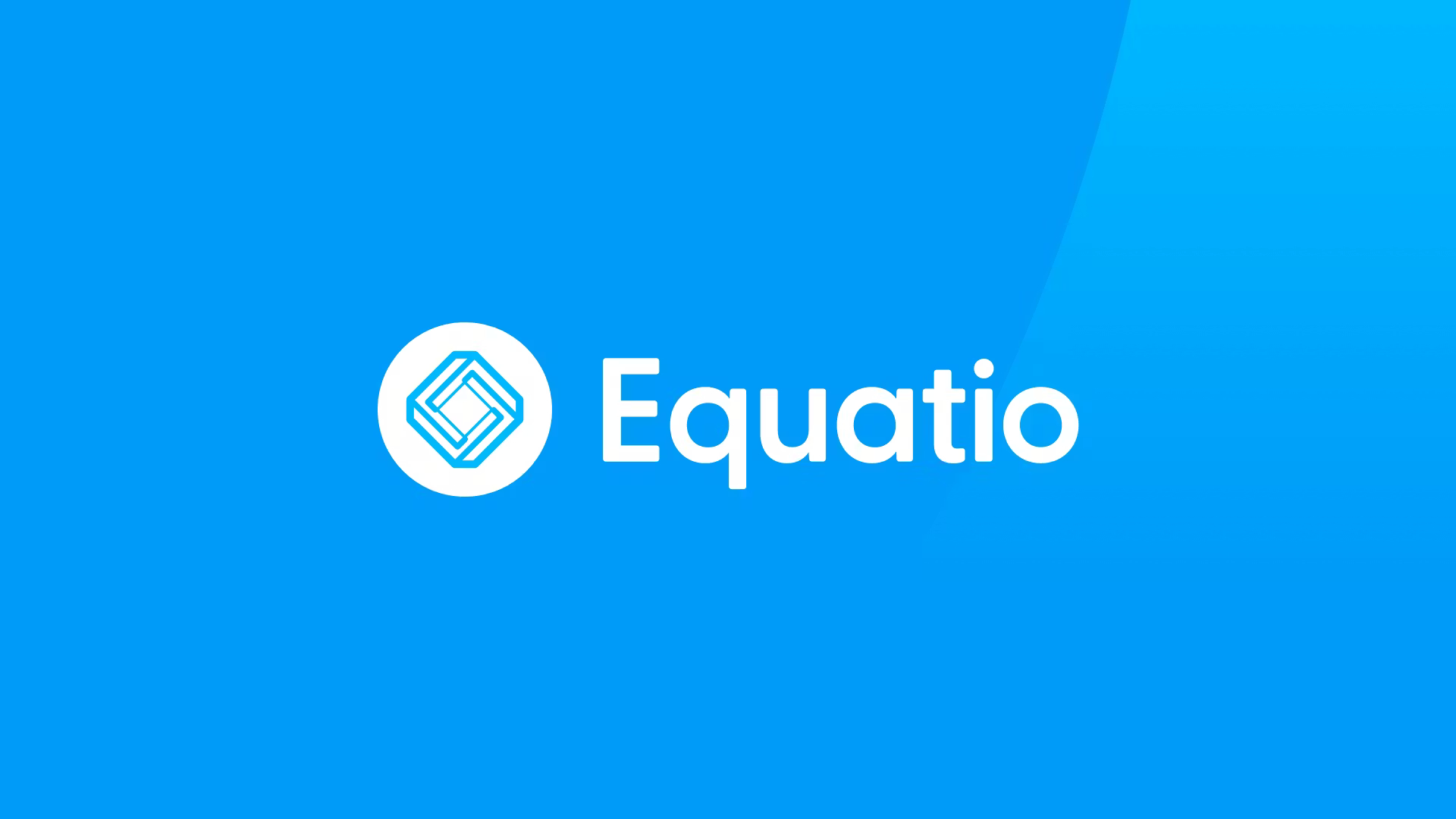The Science of Learning: 7 Tips For Incorporating It Into Your Class or School
Educator Meg Lee helped her district incorporate the best science of learning strategies. Here are her tips for starting the process in any classroom.

The science of learning can be implemented at the classroom, school, or district level, says Margaret (Meg) Lee, Director of Organizational Development for Frederick County Public Schools in Maryland.
Lee, who also serves as an advisor for evidence-informed practice at Academica University of Applied Sciences in Amsterdam, has led efforts to incorporate the science of learning at Frederick County Public Schools over the past decade. Since instituting the science of learning approach, the 48,000-student district has seen rising test scores and a shrinking achievement gap.
The science of learning is the practice of applying cutting-edge lessons from cognitive science, educational psychology, and neuroscience to the classroom with research-backed practices that have been shown to increase student learning.
That may sound complicated, but it’s not as difficult to incorporate as one might think, Lee says, and can ultimately save teachers time.
Here are Lee’s top tips for educators looking to follow the science of learning.
1. Learn How People Learn: The Difference Between Working and Long-Term Memory
The first step to incorporating the science of learning is gaining a better understanding of how students (and all people) obtain new knowledge, Lee says. This means recognizing the difference between working memory, which is impermanent, and long-term memory, and then engaging in classroom activities that help students move new information from the former to the latter.
2. Retrieval Practice
One research-backed way to move memories from working to long-term memory is through retrieval practice, a strategy in which students go back to material they recently learned in multiple ways at multiple times throughout the class. This requires students to retrieve the new memory several times, forcing them to remember and think about it in effortful ways.
Tools and ideas to transform education. Sign up below.
“Forgetting and remembering is actually a part of learning,” Lee says. “Students should have time to recall information, and they should actively recall information."
3. Have Students Translate Their Learning
Part of retrieval practice is having students “translate” what they learned by engaging with it in different ways.
“If they've read about it, I want them to write about it,” Lee says. “If they've written about it, I want them to act it out. If they've thought about it, I want them to talk about it. That translation from one mode to another is really important for learning.”
4. Real-Time Assessments
A key part of the science of learning is making sure students leave each lesson or class with a correct understanding of what they just learned.
“You don't want kids to practice and consolidate and sleep on information that's not right,” Lee says. She recommends some type of formative assessment that gives teacher the opportunity to correct any mistakes in real-time.
One example of how to do this is by giving students mini whiteboards, spot quizzing them, and having them write their answers out so a teacher can immediately see who is getting the concept and who needs more work.
5. Understand Emotion Affects Cognition
It’s important that educators understand that emotions are linked to cognition. The more unwelcome and unsettled a student feels, the less likely they are to learn effectively.
“If they don't feel safe and they don't feel a sense of personal agency in a classroom, it may really impact the way that students learn,” Lee says, adding that this is why the science of learning is so important for supporting student equity.
6. Avoid Time-Consuming Tasks That Don’t Help Students
Time is valuable for teachers, so Lee doesn’t like to see them spend it on tasks that don’t impact student learning. For example, elaborate slideshows may not help students learn, and may even hinder learning by causing cognitive overload for students, she says.
Another mistake is creating lessons that cater to different learning styles. Even though the idea of learning styles has been debunked, Lee says the myth won’t die, and some teachers still spend time developing various versions of a lesson to appeal to different learning styles.
7. Honor Teacher Knowledge
Lee stresses that many teachers already incorporate these strategies, having realized the effectiveness through experience. She says that those looking to encourage more adherence to the science of learning in their districts should honor this knowledge.
“Many of the strategies that we're asking them to use more often are things that they're already familiar with that may just need a tweak, or they may just need to be elevated and done more frequently,” she says.
For educational leaders, focusing on this preexisting knowledge can help get buy-in around the science of learning.
“When you approach people with a deep respect for the work they already do, and the knowledge they already have, and you say, ‘Hey, this may be an opportunity for you to make your teaching more effective for kids and more reasonable for you and your work-life balance,' I don't know that people say ‘No’ to that,” she says.
Erik Ofgang is a Tech & Learning contributor. A journalist, author and educator, his work has appeared in The New York Times, the Washington Post, the Smithsonian, The Atlantic, and Associated Press. He currently teaches at Western Connecticut State University’s MFA program. While a staff writer at Connecticut Magazine he won a Society of Professional Journalism Award for his education reporting. He is interested in how humans learn and how technology can make that more effective.

